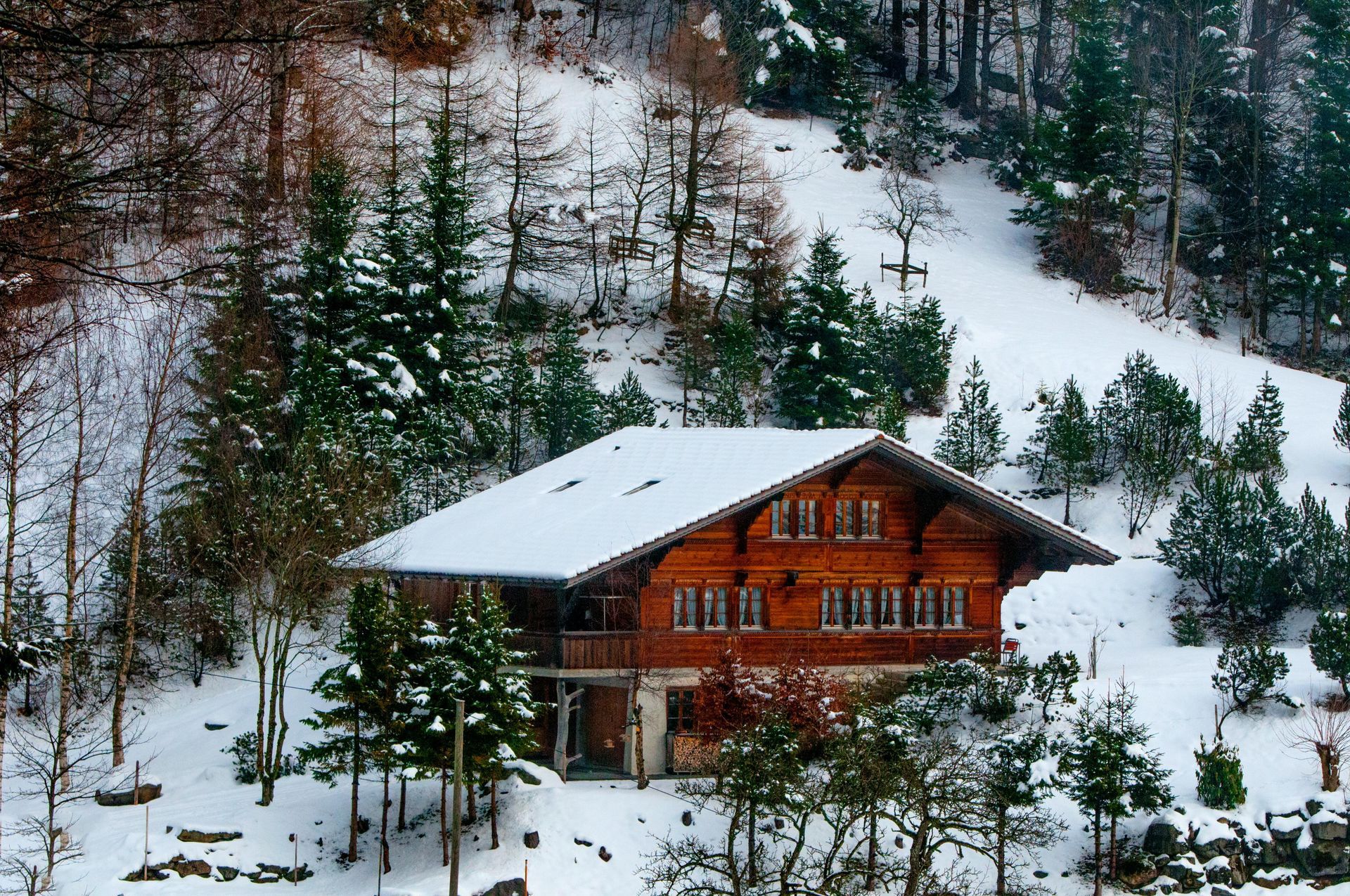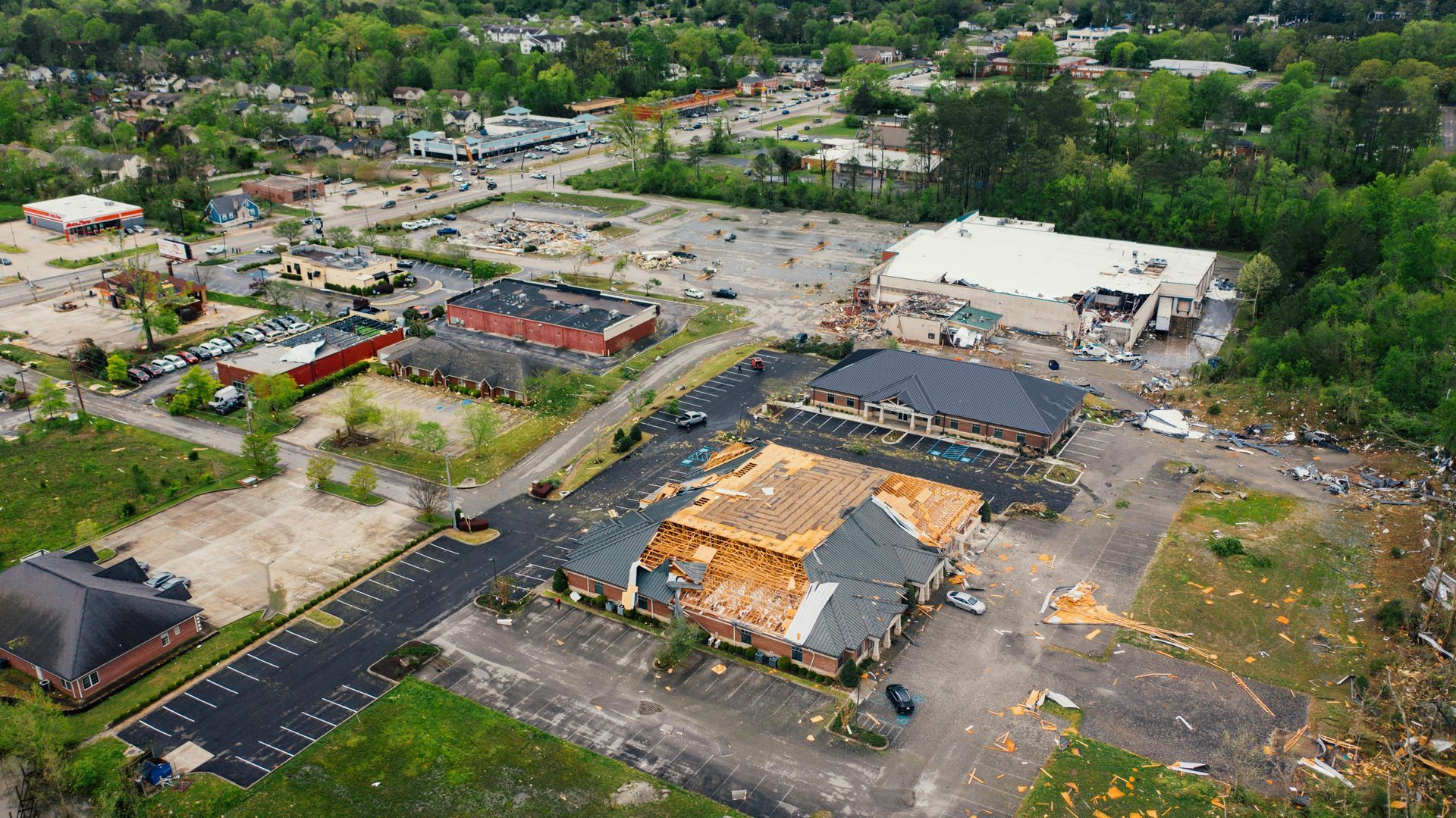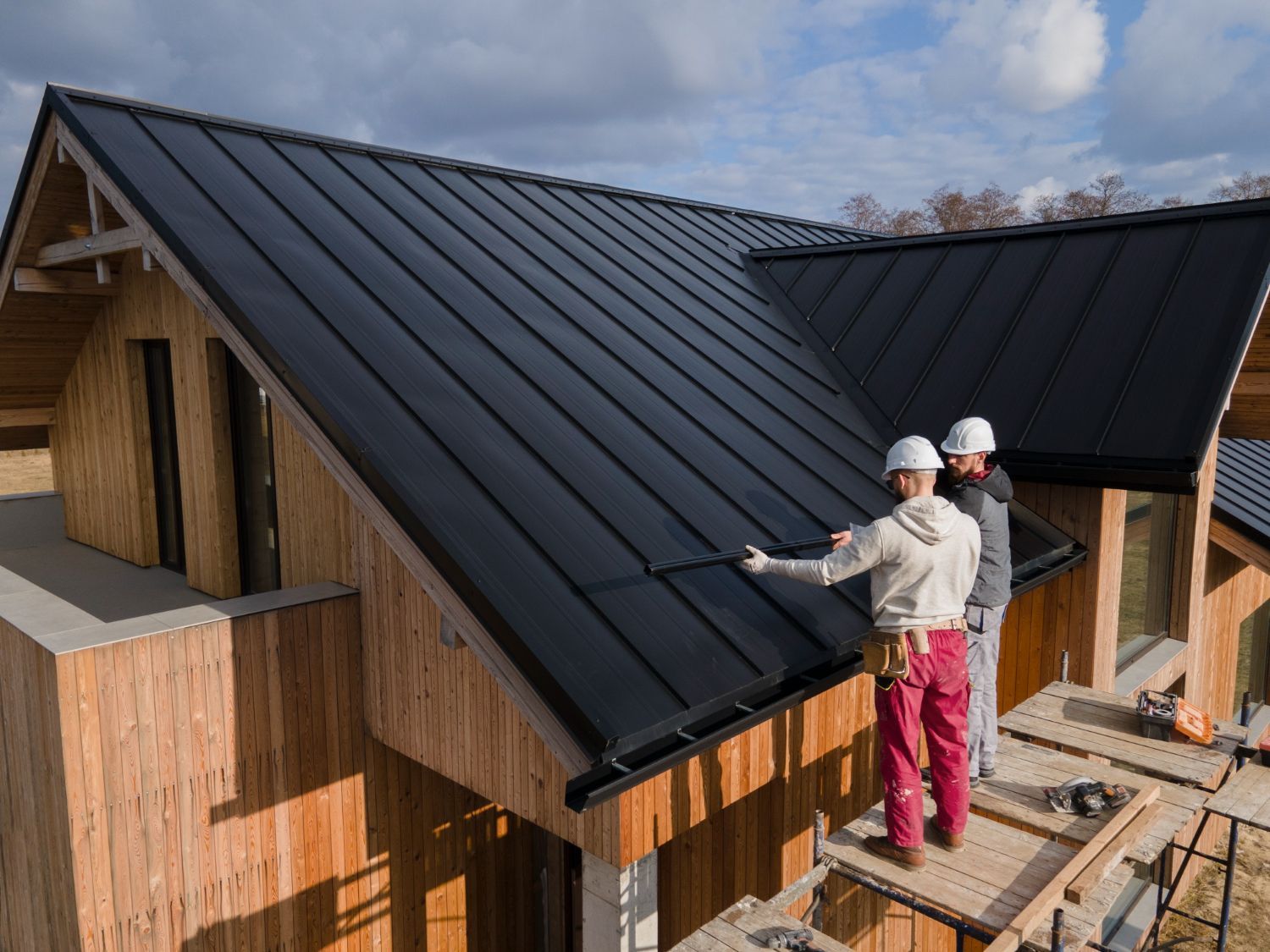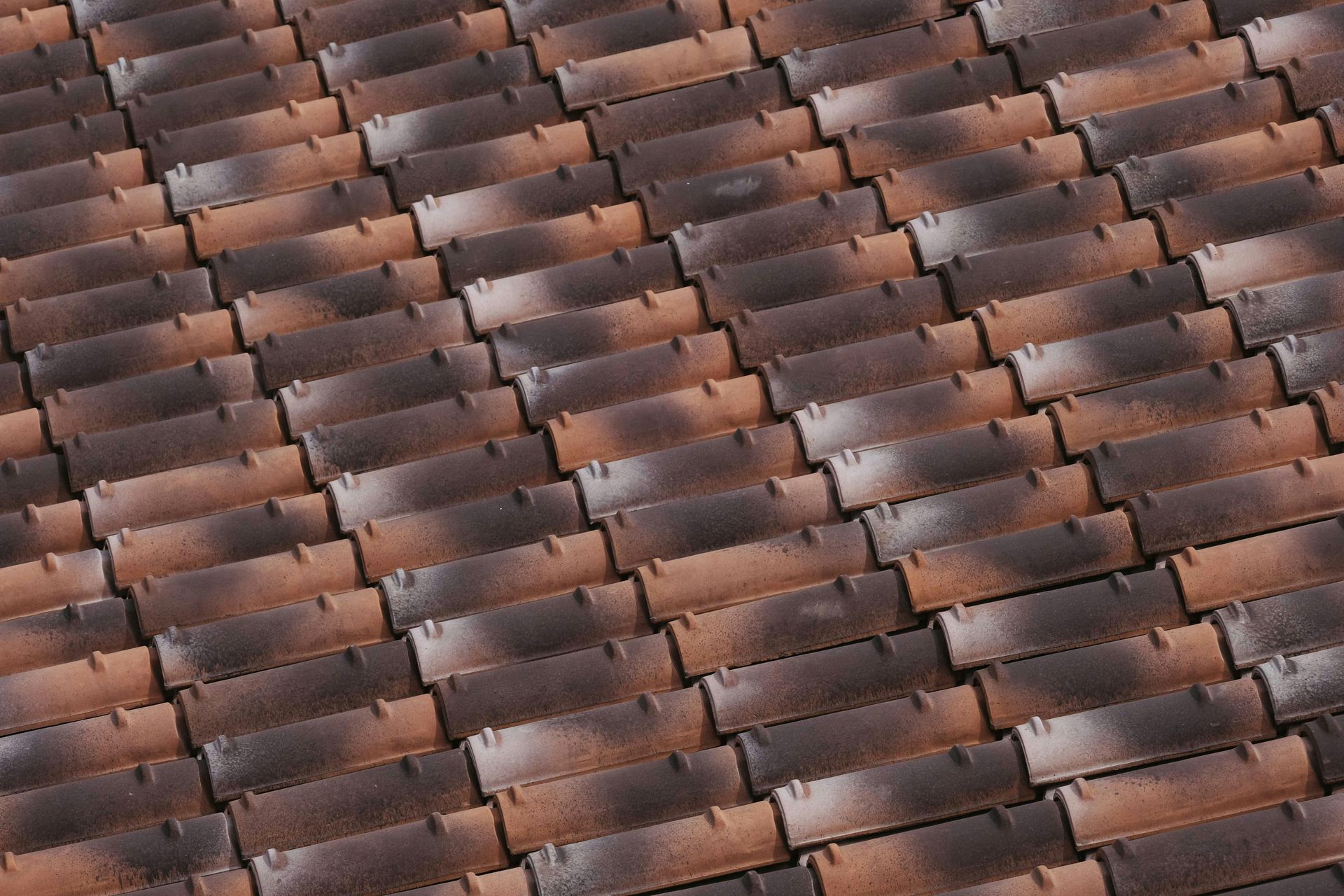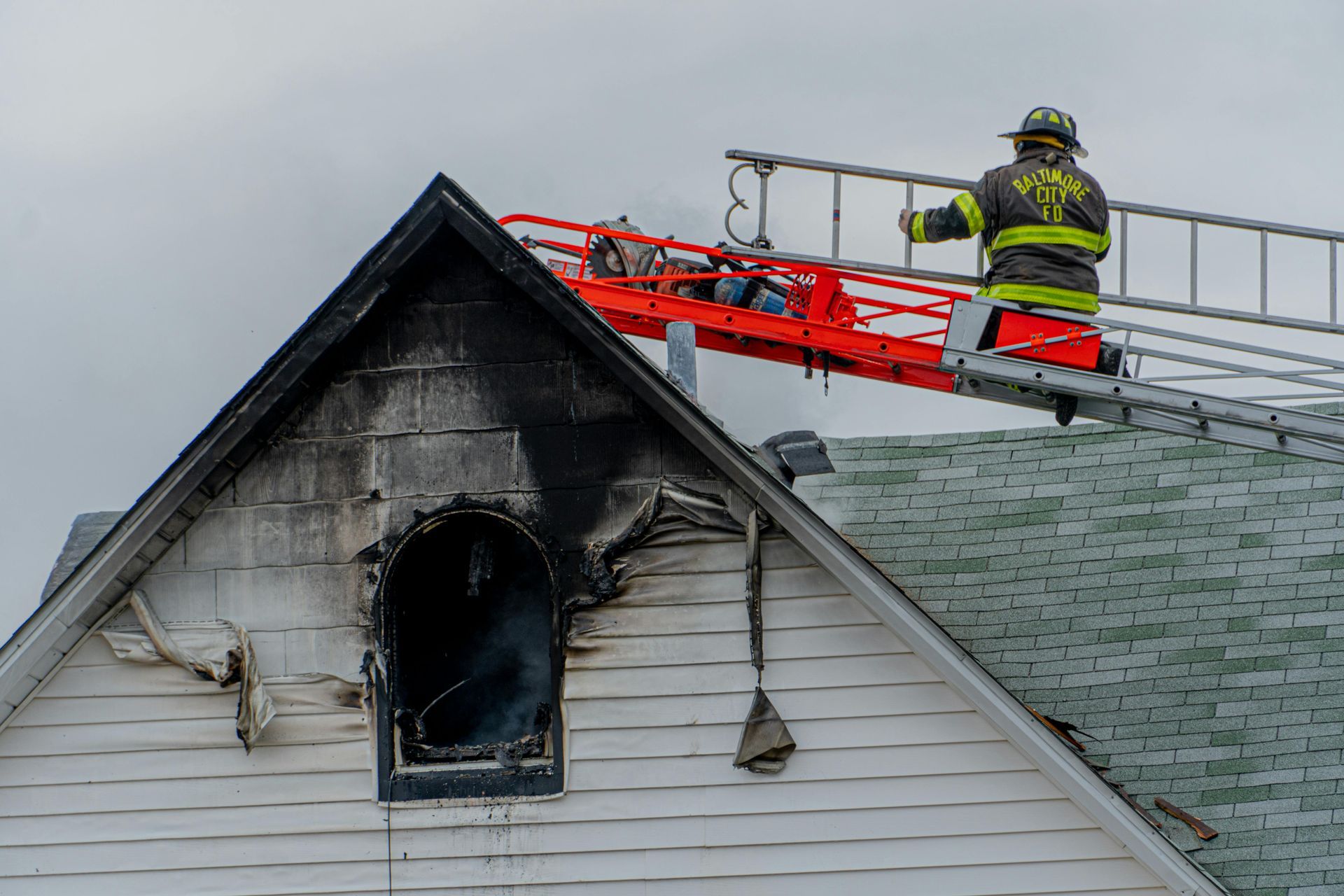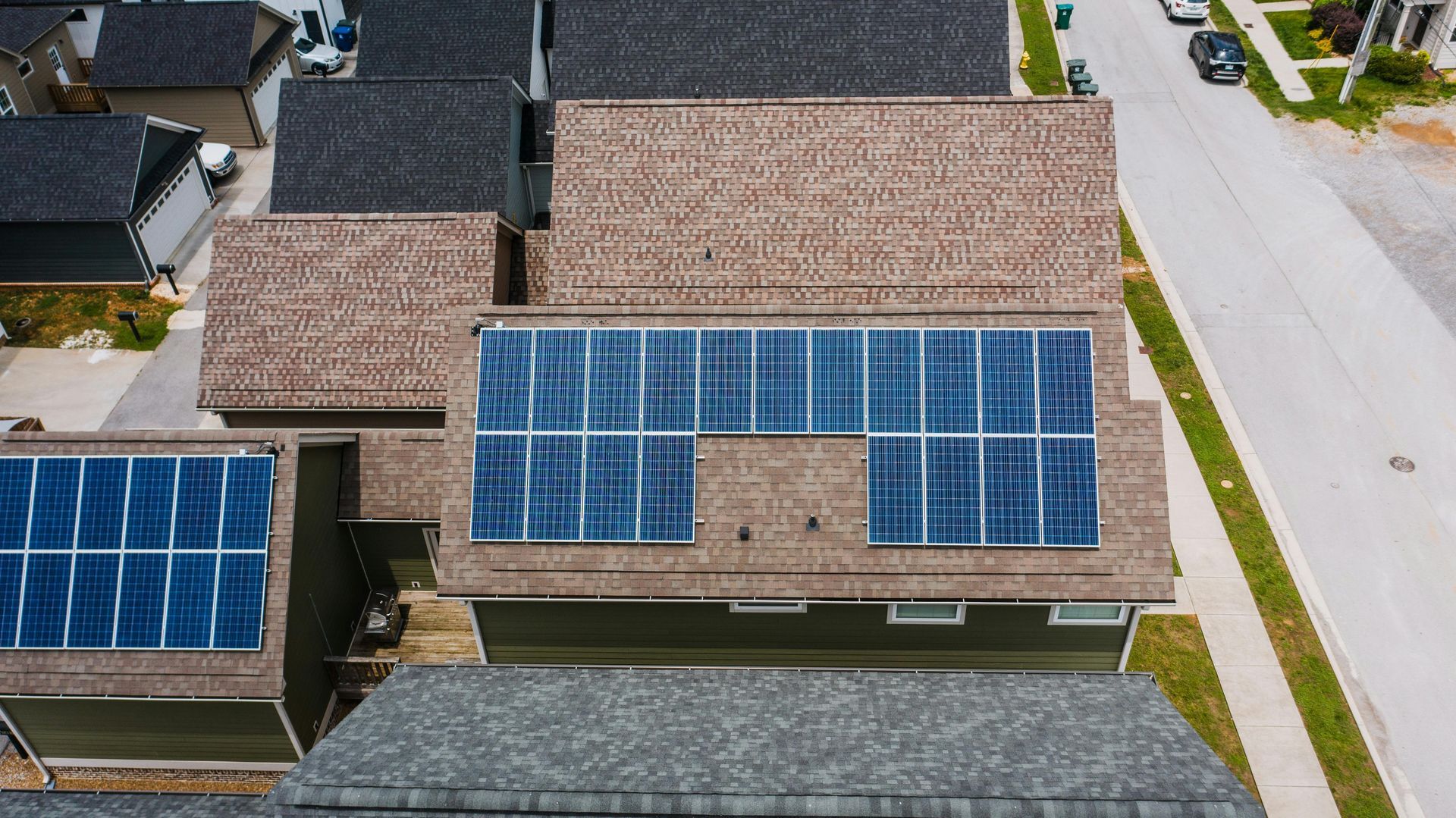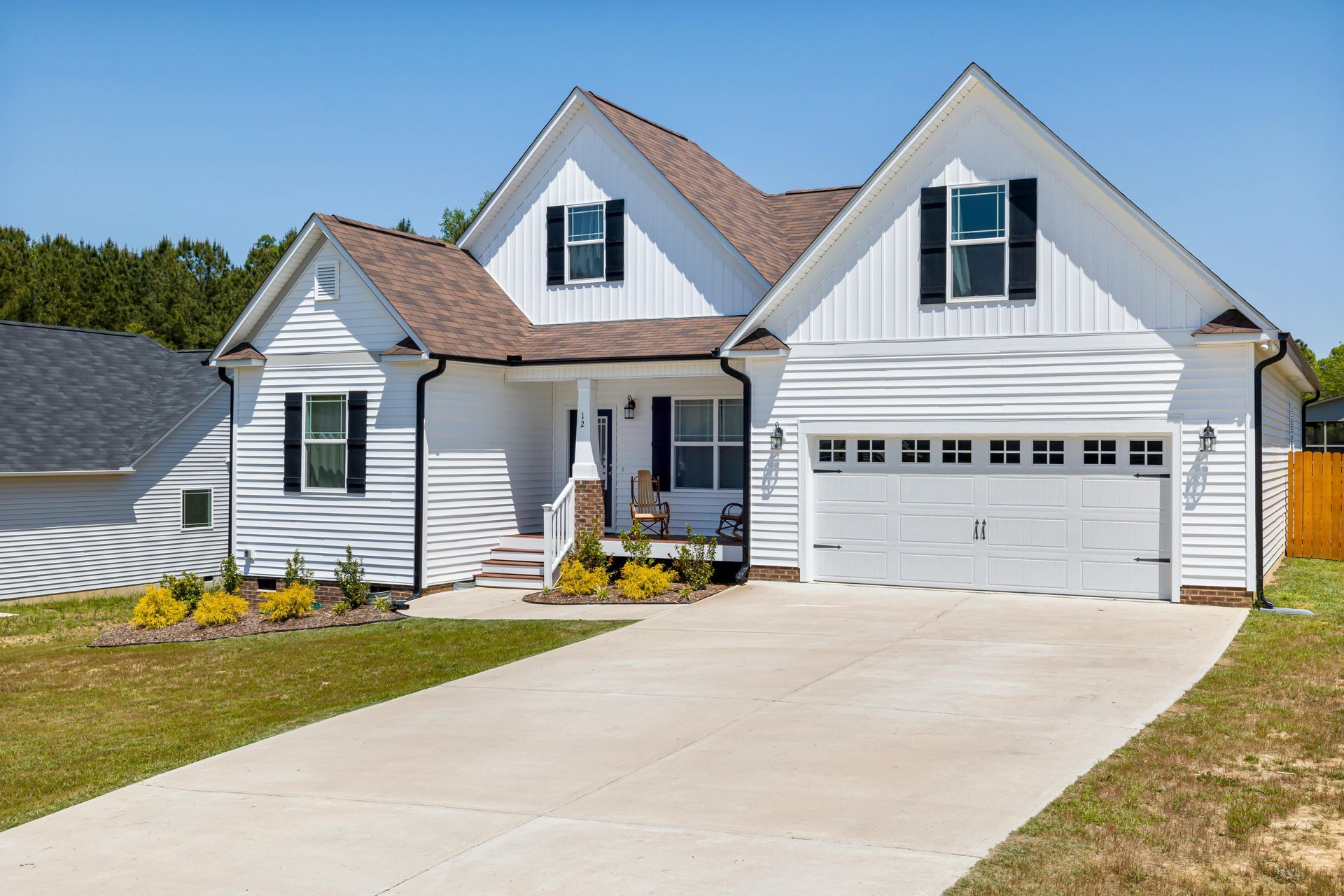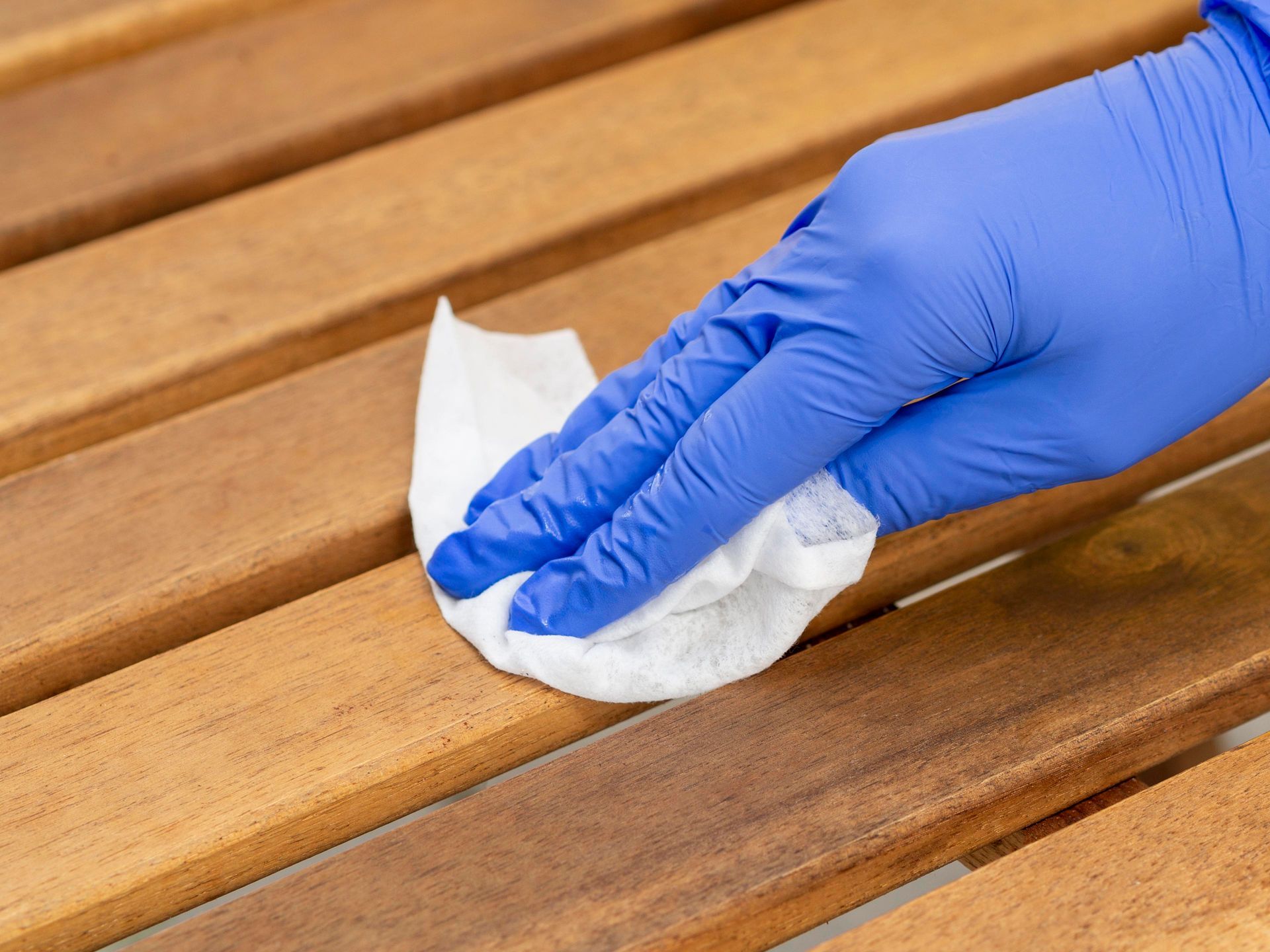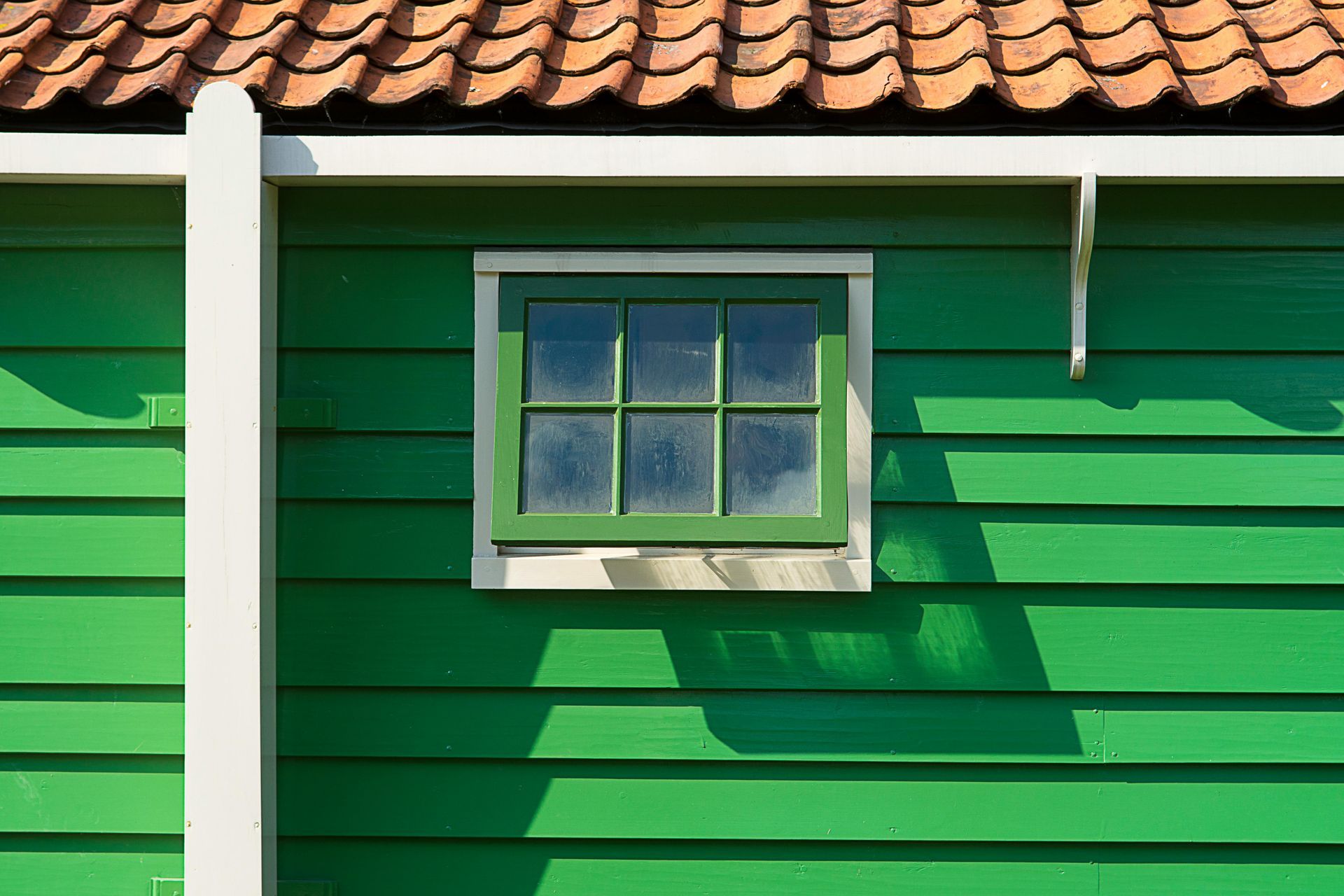How Long Does Siding Last on a House? | Siding Lifespan Guide
How Long Does Siding Last on a House?
If you’re starting to wonder whether your home’s siding is still doing its job—or how much longer it’ll hold up—you’re not alone. Siding isn’t something most people think about until it starts to crack, fade, or drive up energy bills. But the truth is, it plays a big role in your home’s protection, insulation, and even its resale value.
So, how long does siding last on a house? The answer depends on a few factors: the material, how well it was installed, and what kind of beating it takes from the weather. Let’s break it down in real terms.
Why It Matters How Long Your Siding Lasts
Siding isn’t just cosmetic—it shields your home from Ohio’s unpredictable weather, helps keep your energy bills manageable, and adds to your overall curb appeal. When it starts to break down, your house becomes vulnerable to moisture, pests, and insulation issues.
Knowing how long siding should last gives you a better idea of when to inspect it, when to budget for repairs, and when a full replacement might be the smarter move.
How Long Does Each Type of Siding Last?
Here’s a quick rundown of what you can expect from common siding materials when it comes to longevity—and what can wear them down faster.
Vinyl Siding – How Long It Holds Up
Vinyl siding is one of the most commonly used materials for a reason: it’s affordable, looks clean, and holds up fairly well. Most vinyl siding lasts somewhere between 20 and 40 years, depending on the brand, how well it was installed, and how much weather it’s faced.
It doesn’t need much maintenance, but extreme heat or high winds can warp or crack it. If you stay on top of small issues, it can easily serve you for decades.
Wood Siding – The Trade-Off Between Style and Maintenance
Wood siding brings a timeless look, but it’s more hands-on than other materials. On average, you’re looking at a lifespan of 15 to 30 years—and that’s if you stay ahead of rot, termites, and peeling paint.
Regular sealing, painting, and inspections are non-negotiable if you want to keep wood siding in good shape.
Fiber Cement – Built for Longevity
Fiber cement siding, like James Hardie®, is known for its durability. With proper care, it can last 30 to 50 years. It’s a solid option for Ohio homeowners dealing with hot summers, cold winters, and everything in between. It’s fire-resistant, pest-resistant, and doesn’t rot like wood does.
Aluminum or Metal Siding – Long-Lasting, But Not Perfect
Aluminum siding usually lasts 30 to 50 years, but it’s not immune to problems. It can dent easily from hail or a rogue baseball and tends to fade or chalk over time. Still, if low maintenance is your goal, it’s a reliable choice.
Engineered Wood – A Modern Alternative
Engineered wood siding combines the look of traditional wood with improved durability. It’s treated to resist moisture and insects better than standard wood, and it typically lasts
20 to 30 years. Still, it benefits from regular maintenance just like natural wood.
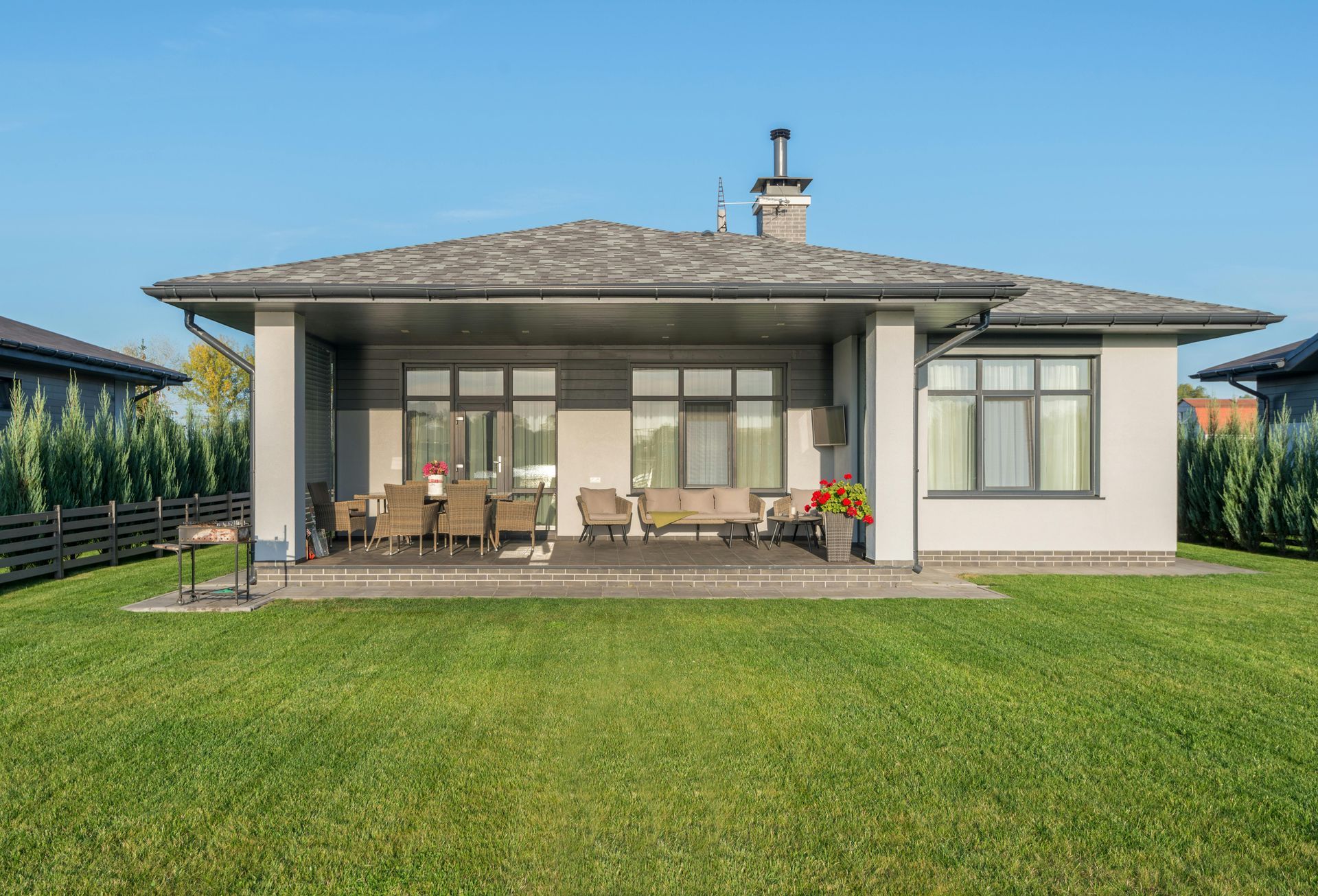
What Affects How Long Siding Lasts?
Even the best siding can wear out early if it’s not installed correctly or maintained. Here are a few things that can speed up—or slow down—the aging process:
- Weather: Central Ohio sees it all—ice, snow, humidity, heat—which takes a toll on siding.
- Installation: If your siding wasn’t installed well, it’s going to wear out faster.
- Maintenance: A little cleaning, resealing, or repainting can go a long way.
- Ventilation: Poor airflow or trapped moisture inside walls can shorten your siding’s life.
Warning Signs Your Siding Might Be Nearing Its End
Not sure if your siding’s just showing its age or if it’s time to think about replacing it altogether? Here are a few signs to watch for:
- Cracks, warping, or gaps between panels
- Blistering or bubbling (often caused by trapped moisture)
- Peeling paint or faded color that won’t hold
- Higher utility bills for no clear reason
- Mold, mildew, or signs of rot
- Interior damage like peeling wallpaper or paint
If you’re noticing more than one of these issues, it’s worth bringing in a professional to take a closer look.
Can You Just Repair It Instead?
If the damage is limited to one spot—like a few cracked vinyl panels or one section of fading—repairs might be enough. But if you’re seeing widespread wear, or the siding’s just getting old, replacing it could save you time, money, and stress down the line.
Want Your Siding to Last Longer? Here’s How
Siding isn’t a “set it and forget it” part of your home. If you want to stretch out its lifespan, there are a few simple habits that make a difference:
- Wash it once or twice a year to remove grime and mold
- Repaint or reseal wood siding every few years
- Keep gutters clear and landscaping trimmed
- Check for gaps or cracks after storms
- Touch up caulking where it’s missing or pulled away
When It’s Time to Bring in the Pros
If your siding is 20+ years old and you’re noticing visible damage or energy inefficiency, it's probably time to start thinking about a full replacement. Ignoring the signs can lead to problems behind the siding—like rotting sheathing or even structural issues.
A pro can help you evaluate whether repairs are enough or if it’s worth investing in new materials altogether.
Siding Repairs and Replacements in Pickerington, Ohio
At Price Brothers Restoration, we help homeowners across Central Ohio make informed decisions about their siding. Whether you need a quick repair after storm damage or a full replacement to upgrade your exterior, we’ve got the experience and materials to do it right.
We’ll walk you through your options, give you an honest assessment, and handle the job with the attention to detail your home deserves.
Take a look at our siding services and contact us for more information.
Frequently Asked Questions
How long does siding usually last on a house?
It depends on the material. Vinyl can last 20–40 years, fiber cement up to 50, and wood tends to last 15–30 with regular upkeep.
What siding lasts the longest?
Fiber cement and metal siding tend to last the longest—sometimes over 50 years—with minimal maintenance.
Can siding be repaired, or does it always need to be replaced?
It depends on the extent of the damage. Small issues can often be patched, but widespread damage or aging materials usually call for replacement.
How can I make my siding last longer?
Regular cleaning, checking for damage, and keeping moisture away from your home’s exterior all help extend the life of your siding

